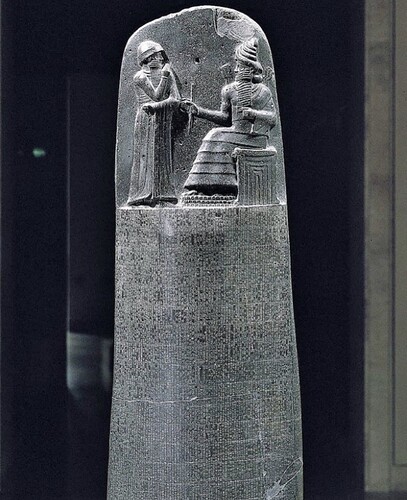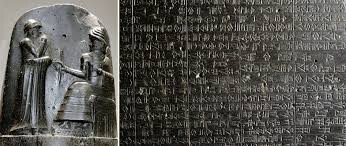Law Code of Hammurabi, the King of Babylon.
In 1901, Jacques de Morgan, a French mining engineer, led an expedition to Persia, venturing more than 250 miles from Hammurabi’s kingdom. There, they unearthed the broken stele of Hammurabi, which had likely been brought to Susa as spoils of war in the mid-12th century B.C.
The team transported the tablets to the Louvre, and within a year, they had been translated. This ancient code is widely regarded as one of the earliest examples of a written legal code.
The code comprises 282 laws, all presented in an “if-then” format. For example, if a man steals an ox, then he must pay back 30 times its value.
These edicts encompass a wide range of topics, from family law to professional contracts and administrative law. They often delineate varying standards of justice for the three classes of Babylonian society: the propertied class, freedmen, and slaves.
While the Code of Hammurabi includes many severe punishments, sometimes involving the removal of the guilty party’s tongue, hands, breasts, eye, or ear, it is also one of the earliest examples of a legal system where the accused is considered innocent until proven guilty, and an accuser must provide proof for their accusations, or they, in turn, could face punishment.
Notably, the U.S. Supreme Court building features Hammurabi on the marble carvings of historic lawgivers that line the south wall of the courtroom.


